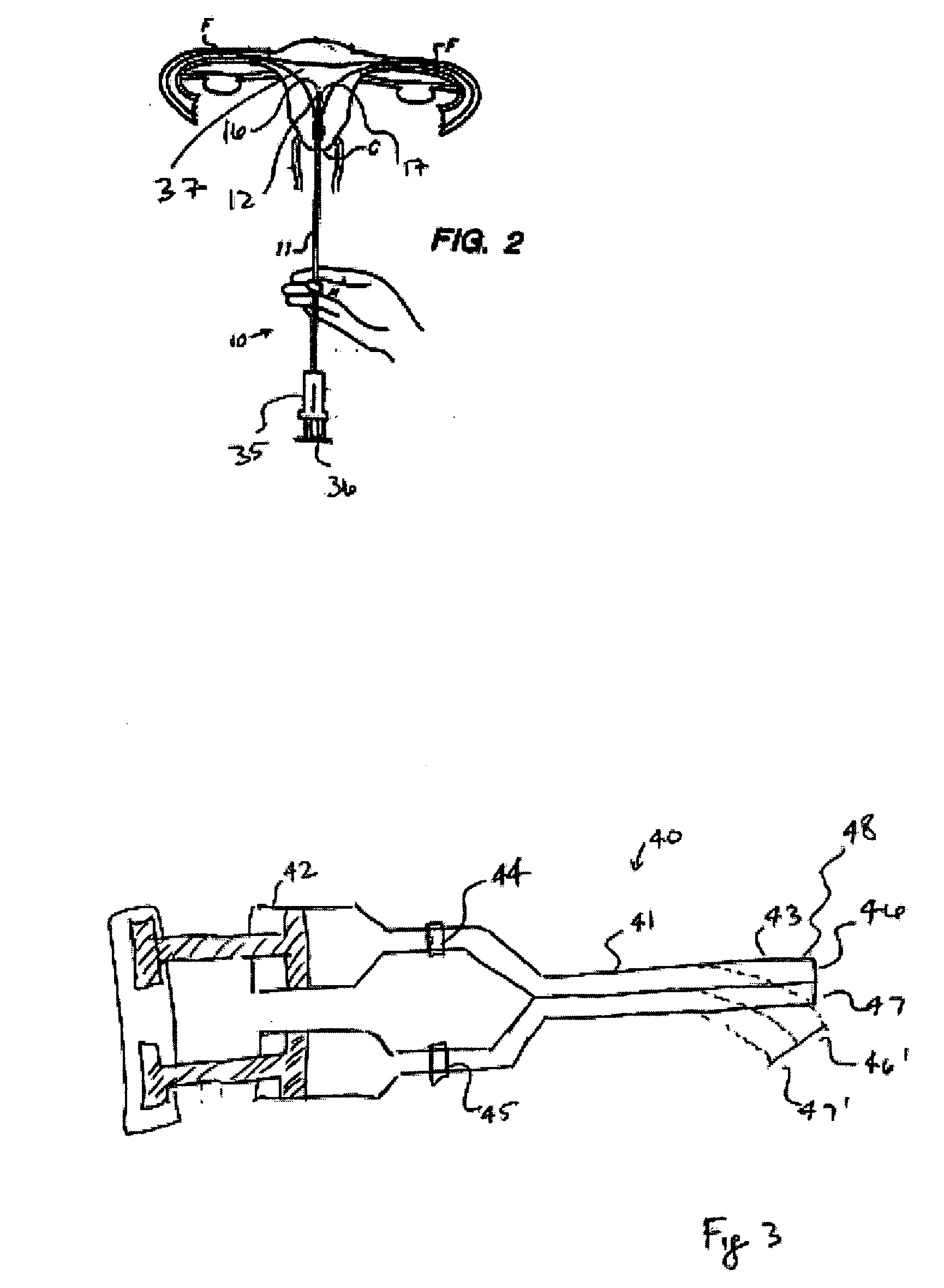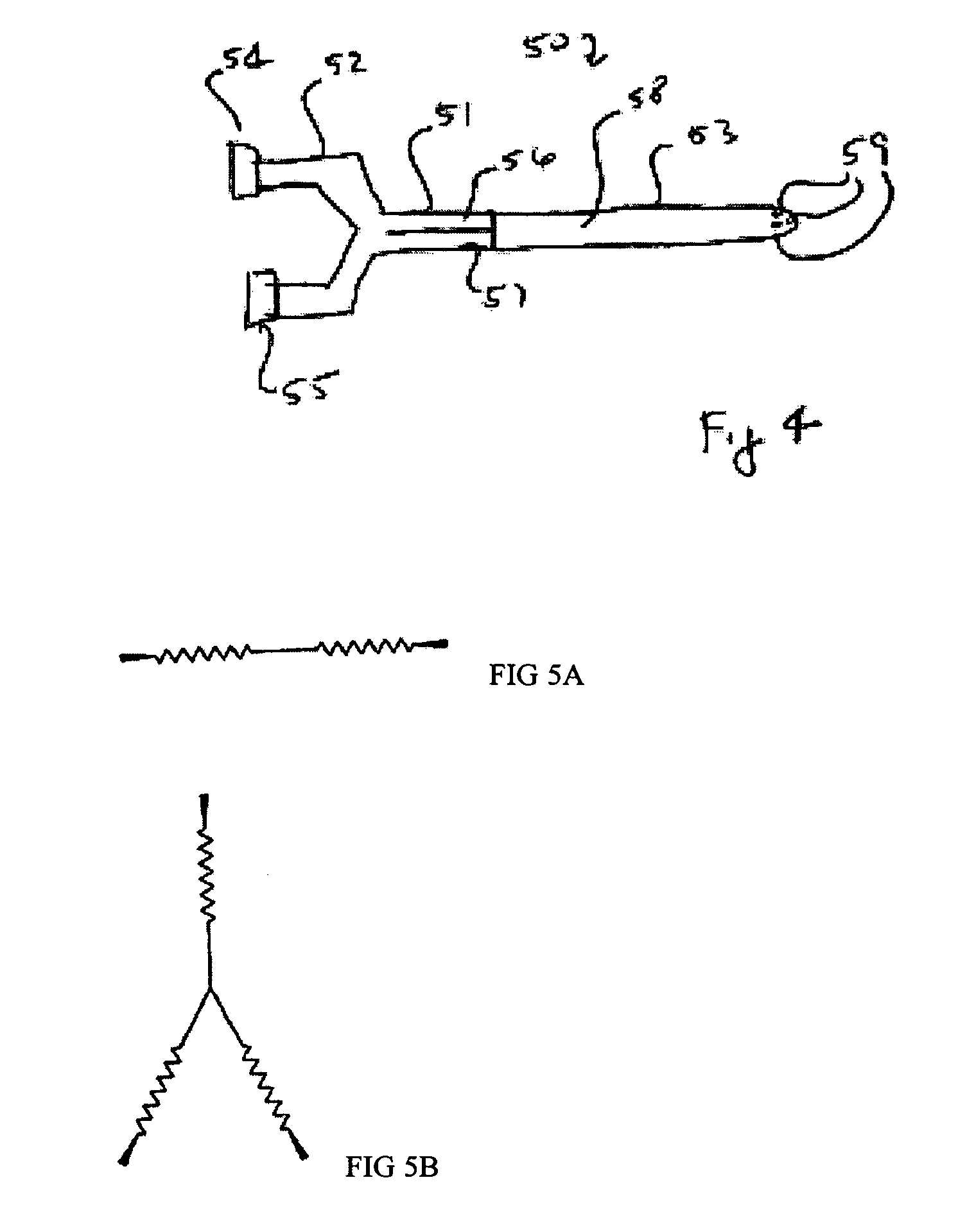Intrauterine applications of materials formed in situ
- Summary
- Abstract
- Description
- Claims
- Application Information
AI Technical Summary
Benefits of technology
Problems solved by technology
Method used
Image
Examples
example
[0161] This Example demonstrates the easiness of use, safety, and effectiveness of the hydrogel barrier SPRAYGEL, provided by Confluent Surgical, Boston, Mass., and used herein as an intrauterine adhesion barrier. Portions of this Example were submitted for publication to The American Association of Gynecologic Laparoscopists for its 2004 annual meeting with the title Initial feasibility study of an hydrogel adhesion barrier system in patients treated by operative hysteroscopy for intrauterine benign pathologies.
[0162] In brief, twenty consecutive patients undergoing operative hysteroscopy were enrolled. Patients were being treated for, e.g., endometrial polyps, submucosal myomas, sinechiae, or uterine Mullerian anomalies (septa). Patients with malignancies, pregnancies, or lesions not suitable for hysteroscopic treatment were excluded. Each patient was evaluated preoperatively by a transabdominal / transvaginal ultrasound, a pregnancy test and a diagnostic hysteroscopy with or witho...
PUM
| Property | Measurement | Unit |
|---|---|---|
| Time | aaaaa | aaaaa |
| Time | aaaaa | aaaaa |
| Time | aaaaa | aaaaa |
Abstract
Description
Claims
Application Information
 Login to View More
Login to View More - R&D
- Intellectual Property
- Life Sciences
- Materials
- Tech Scout
- Unparalleled Data Quality
- Higher Quality Content
- 60% Fewer Hallucinations
Browse by: Latest US Patents, China's latest patents, Technical Efficacy Thesaurus, Application Domain, Technology Topic, Popular Technical Reports.
© 2025 PatSnap. All rights reserved.Legal|Privacy policy|Modern Slavery Act Transparency Statement|Sitemap|About US| Contact US: help@patsnap.com



